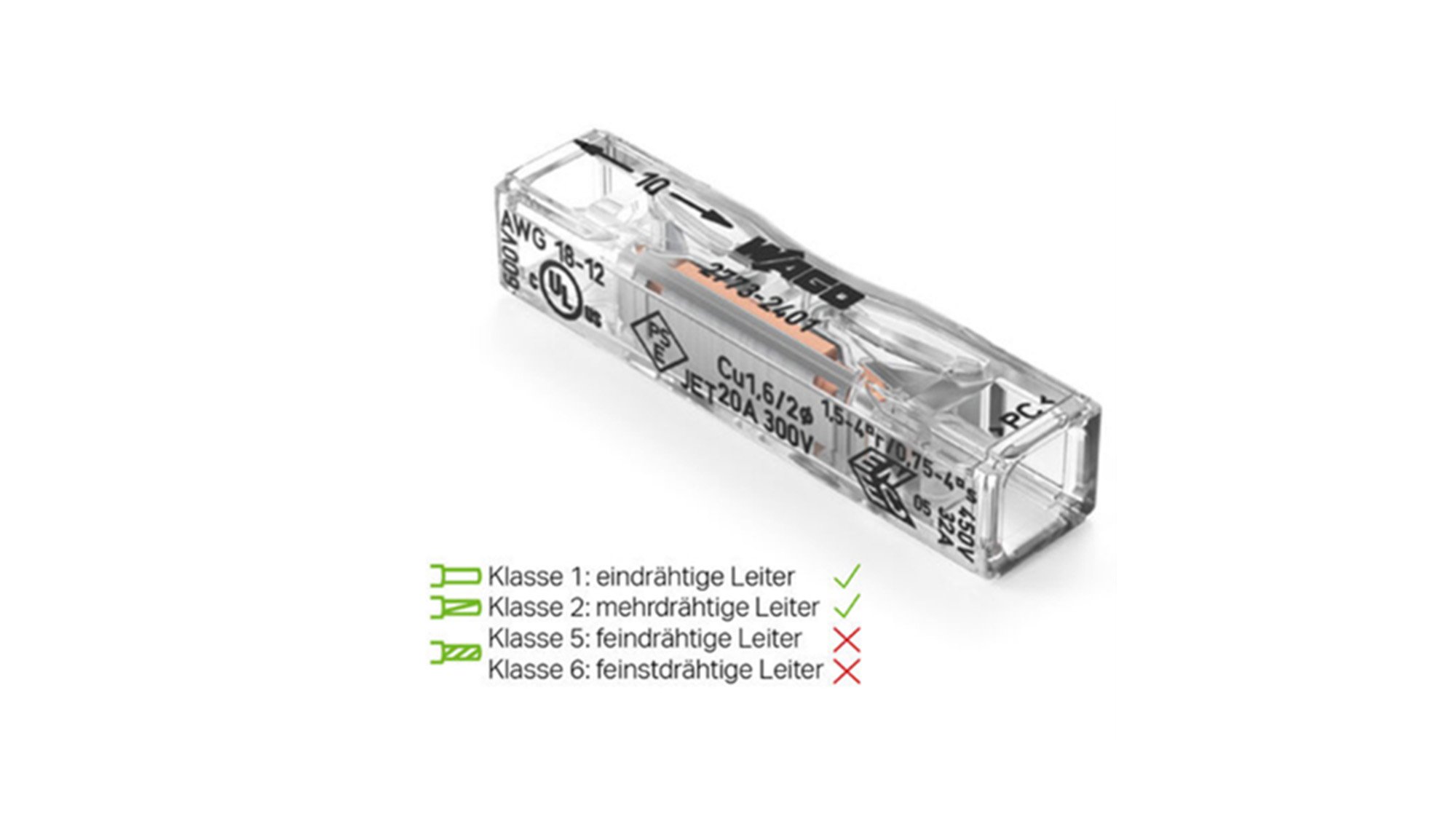There is no blanket statement for using ferrules because some important points must be observed.
- The length of the ferrule corresponds to the required strip length: If the conductor is too long, the required insulation cannot be provided. If the conductor is too short, a secure connection may not be possible – the strip length is always printed on the connector.
- The maximum conductor cross-section that can be accommodated is reduced: A ferrule increases the diameter of the conductor. For this reason, it is not possible to accommodate the maximum cross-section of an untreated conductor.
- The maximum conductor cross-section for insulated and uninsulated ferrules can vary: Insulated ferrules can reduce the maximum cross-section again, as the insulated collar may prevent the conductor from being fully inserted.


